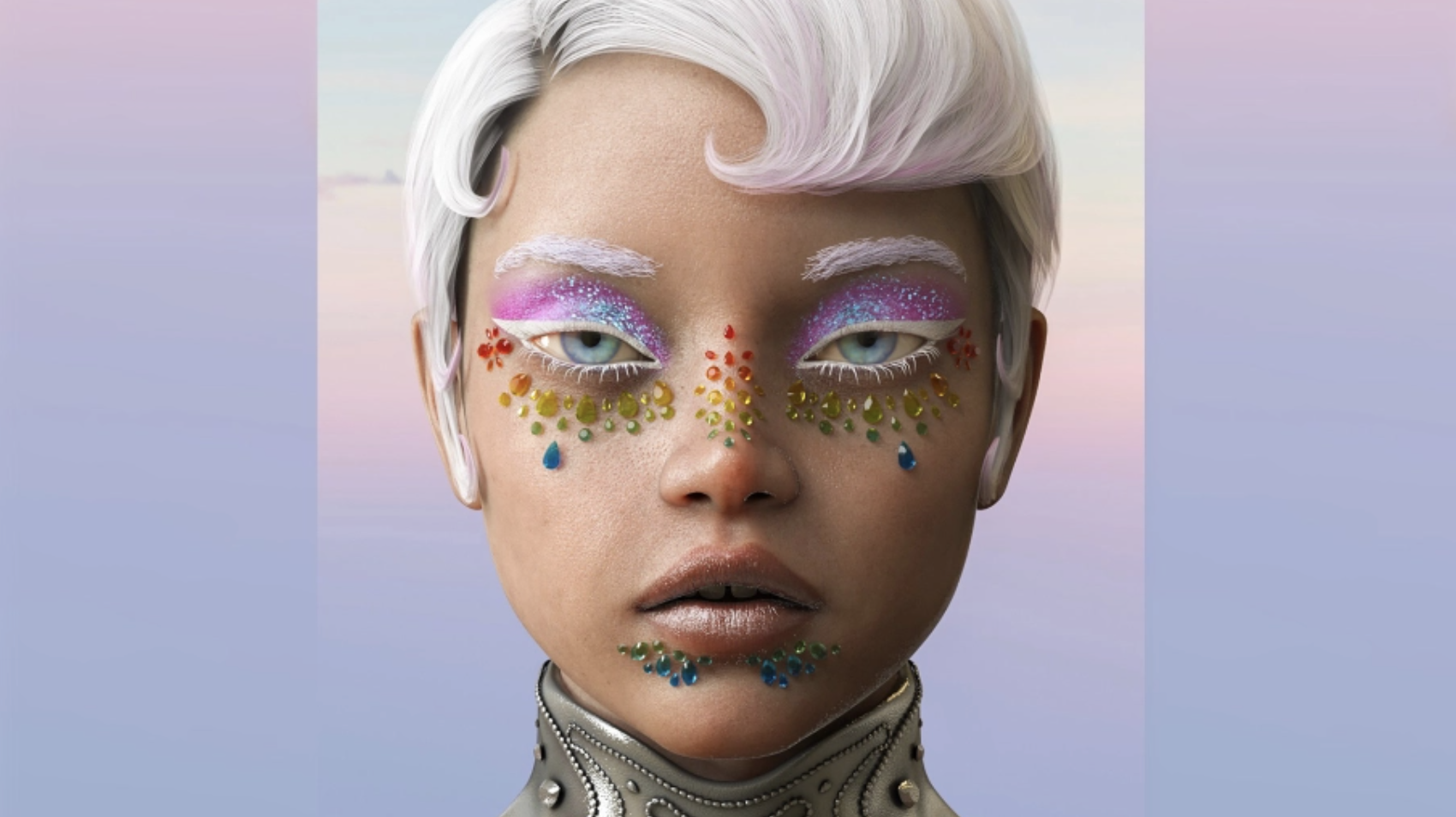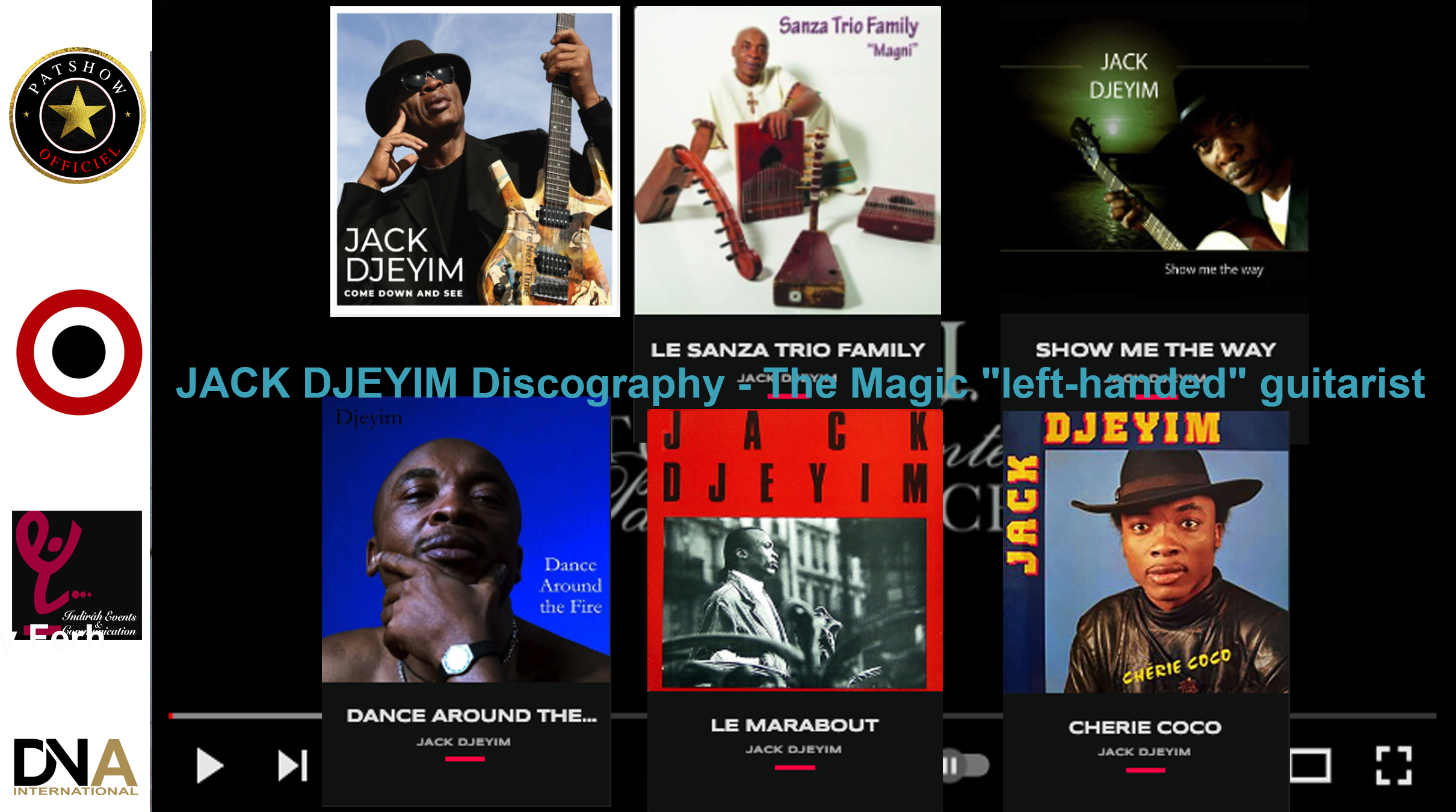How L’Oréal is gearing up for the metaverse
With 17 virtual goods trademarks, a consistent rollout of brands planning to launch in the metaverse and a number of brands already in the space, including NYX, YSL Beauty and Mugler, L’Oréal is leveraging physical, digital and virtual channels to move into the next stage of experiential beauty.
L’Oréal understands that innovation is no picnic. The company has had to move fast to gain a footing in web3 as other companies including Kering and LVMH have continued to make moves. With an initial launch of seven philanthropic NFTs last December that amounted to a small number of sales (0.5 ETH), the company is now carefully mapping out its brands’ positioning across the metaverse to replicate the brands’ web2 success, in terms of community and engagement. This week, NYX (1 million Instagram followers) is taking part in the first metaverse Pride Parade on web3 social platform The Sandbox in partnership with creative hub People of Crypto, focused on bringing diversity to the web3 space.
At technology conference Viva Tech in Paris, Glossy talked to Asmita Dubey, chief digital and marketing officer at L’Oréal, about the success of the company’s brands in web2, the integration of web3 into brand goals and the opportunity presented by consumers craving utopia.
What are the differences between web2 and web3 for a company like L’Oréal?
“If you look at web2, we start thinking about video, live-streaming, Cloud, SAS, voice, AI, machine learning. Web2 is very much in deployment for us, and we are firmly grounded in web2’s acceleration. Now, we are exploring web3.
To us, web3 is gaming, and there are big audiences there. For other parts of web3, like AR, we have been pioneers, [including by using] Modiface virtual try-ons and virtual reality. Then there is blockchain, spatial computing, virtual identity of people, even virtual spaces, products and collectibles. We are laying down strong foundations in web3, and that all fits into our ‘on-chain beauty’ concept.”
What do consumers want right now?
“Consumers are very enthusiastic about trying new experiences. 2021 was a tipping point of utopia-craving, and consumers are craving more [of that] now. There are about 5 billion people who are online today. There will be 7.5 billion people who will be online by 2030. We believe that the future of beauty will be physical, digital and virtual, as consumers are craving more experiences, and more consumers are able to access those experiences.
If you look at gaming, out of these 5 billion people online, almost 3 billion people do some kind of gaming. We are doing a lot of work with gamers and gaming influencers, which we call ‘glam-ers.’ It’s a sizable audience. If you look at augmented reality, like our work with Modiface, the field of AR is quite sizable already. Where the subject is growing every day is in virtual reality, the immersion, the new devices and the new tech platforms that are getting on blockchain. All these experiences will come together. What we want to do is use our 100 years of expertise to power our web3 with technology and continue to nurture it with creativity.”
How are you approaching entry into web3?
“When we are talking about ‘on-chain beauty,’ we mean projects with the brand DNA at the root. The first thing we are doing is mapping the brands in the metaverse, because there are so many different metaverses. So the question is: Which brand fits where?
The second thing we’re doing is [prioritizing] community. Because beauty is so social, and all of the web3 and metaverse is about the creative economy and community empowerment, that is where we are focusing our attention. The third thing we’re doing is moving into 3D beauty. We know everybody is talking about immersive experiences because of technology. Beauty is becoming more 3D. There’s more 3D content, and people are able to experience more with 5G connectivity.
After those first three steps, we will start exploring the fourth thing, which [includes] virtual spaces, virtual influence, virtual avatars, virtual products and virtual collectibles. With that, we will create more engagement with consumers and create new visual codes.”
Which of the L’Oréal brands are primed for the web3 space right now?
“NYX, YSL and Mugler all have good foundations. NYX Professional Makeup is a brand that is about makeup artistry and entertainment, but also about community and social. When beauty was changing and becoming more digital and social, NYX was one of the pioneering brands. The brand is exploring web3 by becoming the first-ever decentralized record label for creators. If web2 was closed and centralized, web 3 is going to be open and decentralized.”
As the first decentralized, autonomous organization, NYX will start to partner with new kinds of 3D creators like animators and software engineers. It will start to work with blockchain experts, and it will work even more with marginalized communities. By partnering with people of crypto and the Sandbox this week, the brand is going to [help introduce] 8,000 avatars that will make the metaverse more inclusive — NYX will act as the inspiration for the virtual makeup.
YSL Beauty’s brand DNA is about pioneering, daring beauty. So the brand wants to play with these new forms of beauty. To do that, we are opening about 10,000 YSL Beauty golden block NFTs that will operate like social tokens. A social token is a customer’s permission to operate and unlock experiences and other utilities. If a customer has this token, they can go to a music concert or go to the website and watch an exclusive video. From there, the people who are going to participate and the community that we are building with it will start to get a lot of different experiences.
[One of the first experiences YSL Beauty is offering kicked off on Tuesday. YSL Beauty will launch its partnership with decentralized platform P00Ls and two music artists, Agathe Mougin and Kittens. The YSL Beauty communities will be invited to connect with the musicians to collect their tokens. The NFT access will be linked to a donation to the label’s Abuse is Not Love program partner NGOs: It’s on Us in the U.S. and En Avant Toutes in France.]
On the other hand, Mugler is a brand about fashion and beauty. The positioning of the brand was that ‘the real world is not enough,’ even before the metaverse [existed]. We believe the brand is very metaverse-native, as a result. The brand is creating a crypto art collection of 3D angels called ‘We are all Angel,’ based on the iconic fragrance Angel that it created in 1992, the same year that the term ‘metaverse’ was coined. From there, Mugler will start building on-chain loyalty, becoming the first brand to connect beauty, fashion and the metaverse.”





